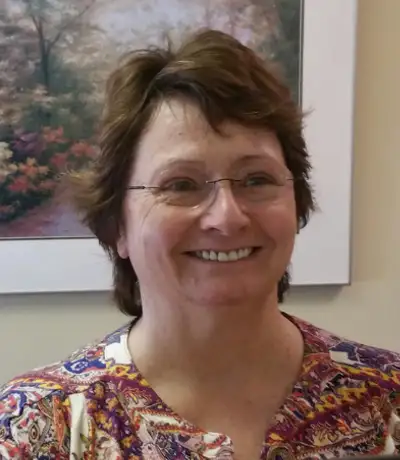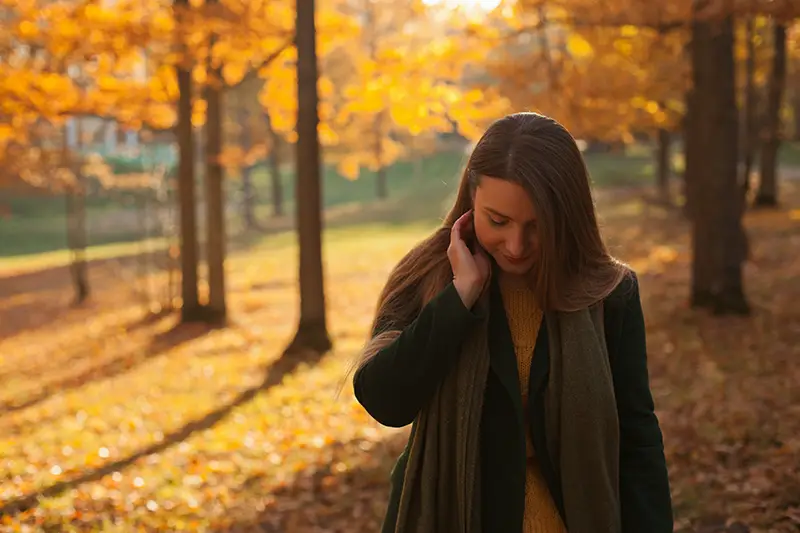
Fall is my favorite time of year. I love the crisp mornings and warm afternoons, but many people feel “down” or have the “winter blues” when the days get shorter in the fall and winter. For some people, the shorter hours of daylight cause a change in mood. They could suffer from seasonal affective disorder (SAD).
What is seasonal affective disorder?
Many people go through short periods when they feel sad or unlike their usual selves. Sometimes, these mood changes begin and end when the seasons change. At times, these mood changes are more serious and can affect how a person feels, thinks, and behaves. If you have noticed significant changes in your mood and behavior when the seasons change, you may be experiencing SAD.
In most cases, SAD symptoms start in the late fall or early winter and go away during the spring and summer – known as winter-pattern SAD or winter depression. Other people experience depressive symptoms during the spring and summer months – known as summer-pattern SAD or summer depression. Summer-pattern SAD is less common.
SAD is a type of depression characterized by a recurrent seasonal pattern, with symptoms lasting about 4−5 months out of the year. The signs and symptoms of SAD include those associated with depression as well as disorder-specific symptoms that differ for winter-pattern versus summer-pattern SAD. Not every person with SAD experiences all the symptoms listed below.
Some of the symptoms of SAD can include:
- Persistent sad, anxious, or “empty” mood most of the day, nearly every day, for at least 2 weeks
- Feelings of hopelessness or pessimism
- Feelings of irritability, frustration, or restlessness
- Feelings of guilt, worthlessness, or helplessness
- Loss of interest or pleasure in hobbies and activities
- Decreased energy, fatigue, or feeling slowed down
- Difficulty concentrating, remembering, or making decisions
- Changes in sleep or appetite or unplanned weight changes
- Physical aches or pains, headaches, cramps, or digestive problems that do not have a clear physical cause and do not go away with treatment
- Thoughts of death or suicide or suicide attempts
- Oversleeping (hypersomnia)
- Overeating, particularly with a craving for carbohydrates, leading to weight gain
- Social withdrawal (feeling like “hibernating”)
Winter-pattern SAD should not be confused with “holiday blues”—feelings of sadness or anxiety brought on by stresses at certain times of the year. The depression associated with SAD is related to changes in daylight hours, not the calendar, so stresses associated with the holidays or predictable seasonal changes in work or school schedules, family visits, and so forth are not the same as SAD.
If you or someone you know is showing symptoms of SAD, talk to a health care provider or a mental health specialist about your concerns. They help to determine if your symptoms meet the criteria for SAD.
Treatments are available to help people with SAD. They fall into four main categories that can be used alone or in combination:
- Light therapy
- Psychotherapy
- Antidepressant medication
- Vitamin D
Light therapy and vitamin D are treatments for winter-pattern SAD, whereas psychotherapy and antidepressants are used to treat depression in general, including winter- and summer-pattern SAD. There are no treatments specific to summer-pattern SAD.
This information taken from the National Institute of Mental Health Fact Sheet.
– Barbara Watt is a Licensed Clinical Social Worker for Health West in Preston, ID. She has a Bachelor of Science in Psychology from Excelsior College in Albany, NY and a Master of Social Work from Eastern Washington University.








